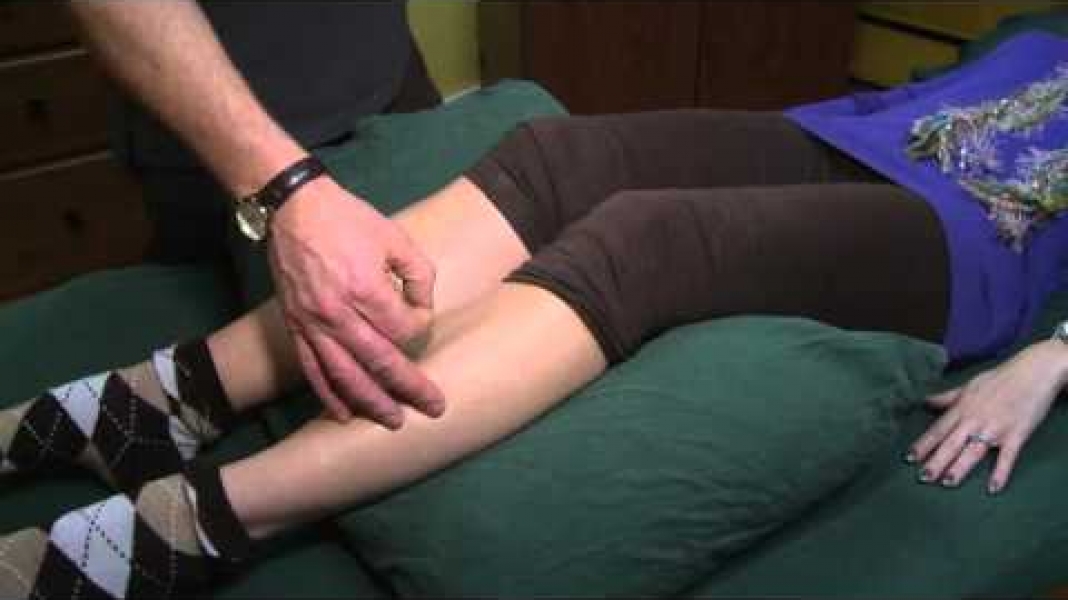
As a massage therapist, many people come to me and ask, “Do you do deep tissue massage?”. I say “yes”, but I explain what I mean to them further, since we usually have a different idea of what a deep tissue massage is. From experience, people wanting a deep tissue massage are usually meaning this: “I have a high pain tolerance and want a really good massage. Can you give me a really deep, very painful massage, applied to my sore and tight spots with as much force as I can take, so I can get the most out of this session?”.
For all of you who equate a deep tissue massage with pain, think again! More force is not always better therapeutically speaking. Let me explain. As a therapist it is my responsibility and intention to discover how much pressure to apply and where and how to apply it during a massage. As resilient and tough as muscles are, they are also temperamental and delicate and require the right therapeutic touch. Too much force applied too quickly can be counter to my therapeutic goals of getting you not only feeling better, but functioning better too. If you are seeking a massage based on how much it hurts, you may not be getting the best results possible.
Here’s how I work in a nutshell. But as with any skill, it is actually more art than science, which takes not only the knowledge, but time and talent to practice, learn and master:
First, I discover a problem in your muscle or tissues (eg knot, tenderness or trigger point)
- Second, I warm the specific and surrounding tissues up to help relax them, so I will be able to go more deeply, without resistance and without causing you pain.
- Third, I assess the response of the tissues as I work them, trying to understand their condition and limits and patterns
- Forth, I gradually work deeper in to the tender areas as they soften. It is almost like I only go deeper when I get the permission from the tissue.
- Fifth, once I have gone as deep as I need to go to relax the area, I work to promote blood flow and flush out toxins to promote healing and prevent muscle spasms
I hardly ever work fast while massaging unless I am waking up the muscle during a sports massage (step 2 above). I am focused with my glides, “reading” the knots and imbalances of the muscles and connective tissues. I work very slowly and precisely to reach the same physical depth, perhaps even more, than I could if I went quickly, with greater force. If you are gritting your teeth and clenching your fists during a massage, I know I am not doing my job properly! I prefer a stage-wise approach to the problem, which is responsive to the tissues and puts them in control.
There are many techniques that every therapeutic massage therapist can use to release a muscle without excruciating pain. Soft tissue release techniques, proprioceptive neuromuscular facilitation (PNF), Gogli tendon organ pressure, and origin- insertion work are examples. I’m a big guy and I can use lots of force indeed! BUT, I only work with a more a painful method if I have exhausted all other options. I think some massage therapists intentionally will give painful massage since some clients demand it, thinking it is better. But we usually learn differently in both school and from experience.
I am at the beginning of my career as a therapist and I have so much to learn. But from what I have discovered so far, it is you and your muscles and the results that I do or don’t achieve by what I do that are my biggest teachers.
In my massage therapy work I believe, “LESS IS MORE” – at least when a skilled, systematic, sensitive and responsive approach is used.





